When you read the Alps, what pops into your mind? France? Italy? Switzerland? Perhaps you see images of James Bond skiing down slopes while pursued by villains.
I think of steaming hot springs—both with and without monkeys, stunning panoramic views of sharp-ridged, snowy mountain ranges that resemble the Alps of Europe, forests of green bamboo stalks bowed down by clouds of snow, crows squawking raucously, and fresh seasonal gourmet Japanese cuisine that pleases the eyes and the mouth. Japan is a fantastic country for mixing snowshoeing treks with deep cultural immersion. And the weak yen makes a trip to the Japanese Alps or any of the other snowy regions a journey to definitely take this year.
Japan is still geologically a young country, so its peaks, relatively unworn by the ravages of time, are steep and high. The whole country dances on the Asian edge of the Ring of Fire. Volcanoes are common features on all the main islands. Mt. Fuji, the treasured 12,380 beautiful cone-shaped symbol of Japan, is an active volcano.
With volcanos come hot springs, called onsen in Japanese. Few things in life are better for an après snowshoe indulgence than soaking your tired legs in an outdoor rocky spring in the midst of snow-decorated evergreens and drifting snowflakes. For a tingling, revitalizing physical sensation, scrub your skin with handfuls of fresh white snow after the hot mineral water has turned your skin pink. Then, slip back into the bath to warm up again; it is a shocking but reinvigorating experience that will make you know you are alive. Since Japan is blessed with over 3,000 different hot spring areas, a traveler is never far from a hot spring. For the Japanese, hiking is invariably followed by bathing. Hiking guide books that do not include hot spring locations won’t sell.
Snowshoeing foodies won’t be disappointed in Japan. The Japanese justifiably take pride in their cuisine. In fact, the Michelin guide for 2016 ranked 13 restaurants in Tokyo as three-star restaurants. Only 9 Parisian restaurants were awarded this top honor. Most Japanese are both knowledgeable about and proud of their regional seafood, fruits, and vegetables. In 2013, the United Nations Educational, Cultural, and Scientific Organization (UNESCO), added traditional Japanese food to its “intangible heritage” list. Almost all Japanese ryokan, traditional inns, provide sumptuous breakfasts and dinners that are created with locally grown, caught, or harvested products.
Despite the stereotype of Japan being expensive, most visitors nowadays find Japan to be very reasonable. For approximately twenty years Japan has been experiencing deflation while prices in most other countries have been rising. A friend visiting me from Wisconsin was shocked when she saw our restaurant bill, about one hundred dollars for four people who had consumed vast amounts of high-quality fresh seafood and sake that restaurant staff had served us with graceful service. My friend exclaimed that it was probably the best meal she had ever eaten, and she told me that an equivalent meal in the US would cost around 3 or 4 times as much. Tips are not required in most areas of Japan, but restaurant and hotel service in Japan is almost always rated better than that in North America.
Budget backpackers, lovers of luxury, and everyone else can find accommodations that match their wallets. For example, you could pay about $20.00 per person to stay in a bunk in dorms and share bathrooms in Hakuba, Nagano, where the 1998 Olympics were held. Or you could spend several hundreds of dollars per person for a glamorous room with a private hot spring at a premium hotel or traditional inn in the same town. And you can snowshoe out the front door of numerous mountain hotels.
Though Japan is just a tad smaller than California, the regional geographical and cultural variety belies the other stereotype that Japan is a homogeneous country. An astounding 6,852 islands make up the Japanese archipelago; although most snowshoeing visitors will probably visit only the main island of Honshu or the northern island of Hokkaido.
Japan’s mountainous terrain separated many villagers from other areas for hundreds and thousands of years, so traditional dialects, dishes, festivals and art styles developed somewhat independently. Each region takes great pride in its culinary and artistic developments. And they love to include foreigners in their winter festivals, which might include bonfires, shared food, fireworks, and humongous ice and snow sculptures. The Sapporo Snow Festival is one of the most famous winter festivals in the world.
You can speed across Honshu and also reach Hokkaido in comfort while taking in the scenery from the world famous bullet trains of Japan; here they are called shinkansen. And visitors to Japan can purchase a Japan Rail Pass, which makes traveling by train very affordable.
Northern Japan is where most of the magical snowshoeing takes place. I have yet to explore every prefecture. It would take a lifetime, or more, to snowshoe every snowy field. The most amazing snowshoeing trails I have trod so far have been in Nagano, Niigata, Hokkaido, and Yamagata.
Zao, Yamagata Prefecture, is one of just a few places in the world with the perfect conditions to spawn “snow monsters.” The snow monsters are actually tall Maries’ fir (Abeies mariesii) trees that thick layers of rime frost and wind sculpt into strangely shaped beings. Snowshoeing around these eerie beings is like walking on a frozen planet outside of our solar system. Zao is also home to amazing sulfurous hot springs.
Nagano and Niigata, two neighboring prefectures were chosen in 1998 to host the Winter Olympics because of the wonderful snow conditions, meters deep and constantly falling throughout winter. 2016 is an even better year to enjoy Nagano and Niigata as the facilities that were developed for the Olympics, such as direct bullet train service from Tokyo to Nagano, still exist, but the crowds are gone. Serenity awaits you along many quiet snowshoe trails.
The Myoko Highlands of Niigata have everything that I want (waterfalls, ponds, reasonably-priced Japanese inns with incredible food, dramatic slopes that only experienced climbers should attempt, as well as mellow, relaxing walking trails) close together. Seven hot spring areas, each with different mineral waters, are within the highlands. Myoko hosts the Ninth All Japan Snowshoeing Grand Prix on February 20 and 21 in 2016. For more information, click the link above (the information is, unfortunately, only in Japanese).
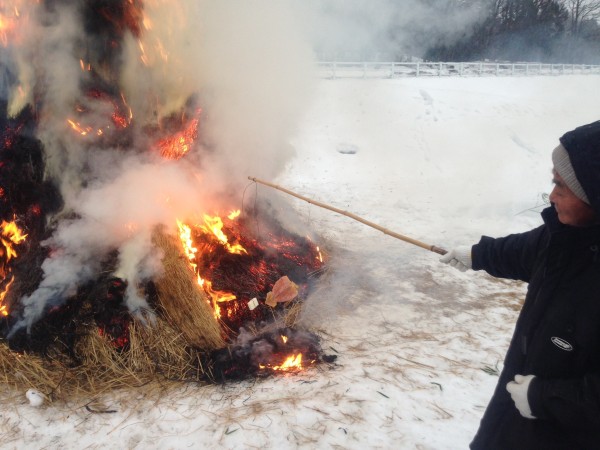 Hokkaido, which was originally the country of the Ainu people, feels like a smaller version of Alaska, complete with foxes, bears, and other wildlife, including giant cranes and swans. Within a short distance of Chitose Airport is a gorgeous small town called Otaki, which provides numerous opportunities to snowshoe along lakes, rivers, and mountain peaks, as well as enter a fantastic cave with ice stalactites. The tremendous variety of the animal life, culture, snow conditions, and the friendliness of the people of Hokkaido keep pulling me back.
Hokkaido, which was originally the country of the Ainu people, feels like a smaller version of Alaska, complete with foxes, bears, and other wildlife, including giant cranes and swans. Within a short distance of Chitose Airport is a gorgeous small town called Otaki, which provides numerous opportunities to snowshoe along lakes, rivers, and mountain peaks, as well as enter a fantastic cave with ice stalactites. The tremendous variety of the animal life, culture, snow conditions, and the friendliness of the people of Hokkaido keep pulling me back.
There are more places to recommend in Japan than space in this article. Come back to Snowshoemag.com to read more. Once you have sampled the winter pleasures of Japan, you will want to return again and again.

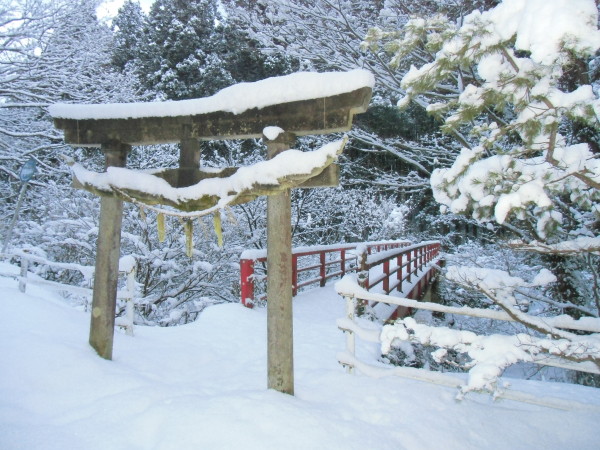
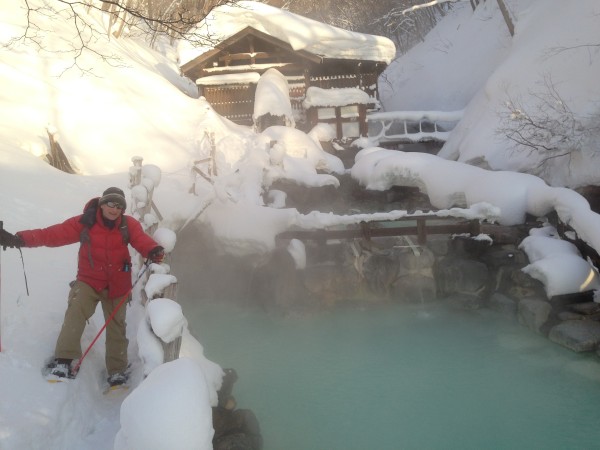
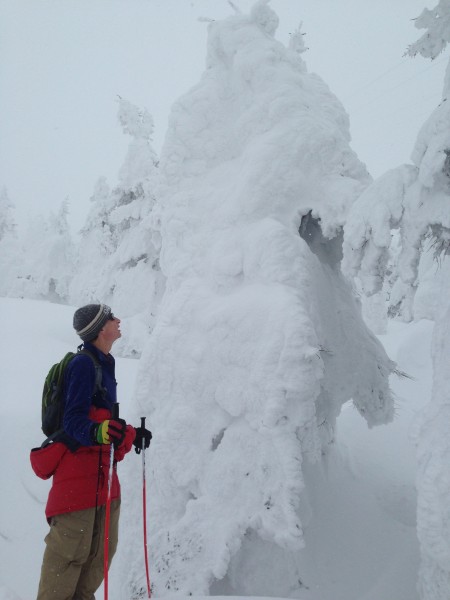
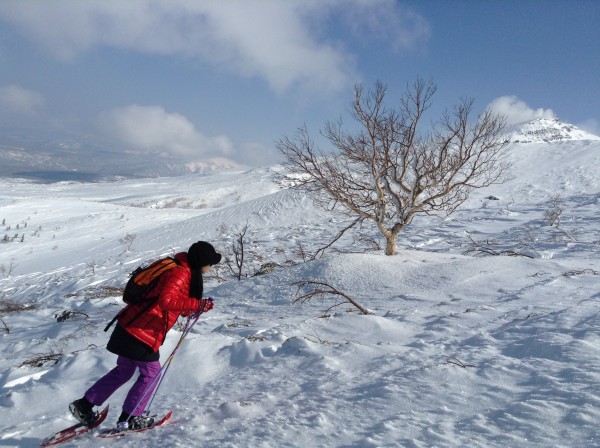
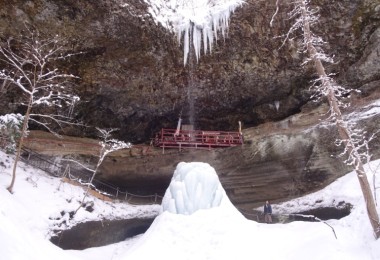
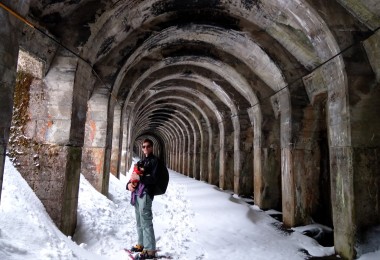
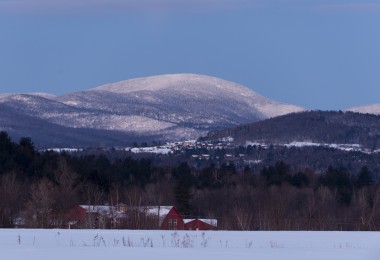
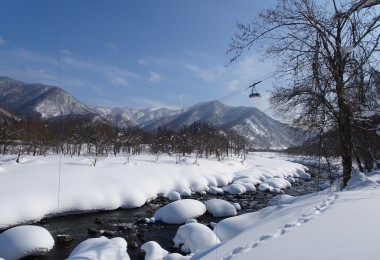

Leave a Comment